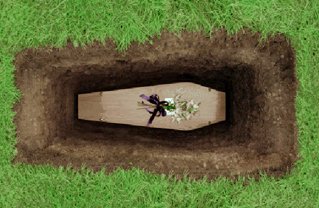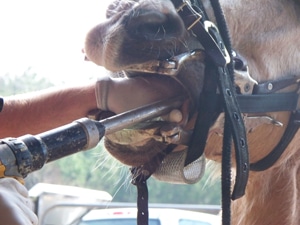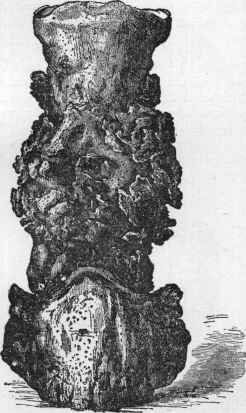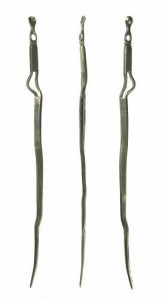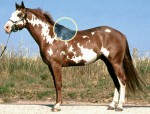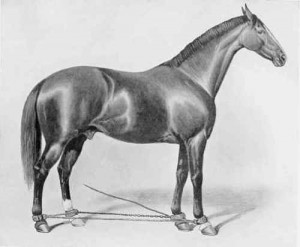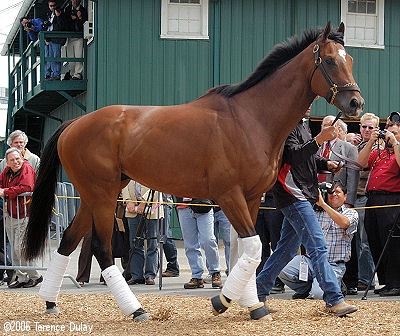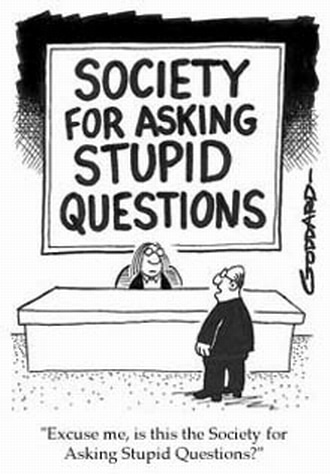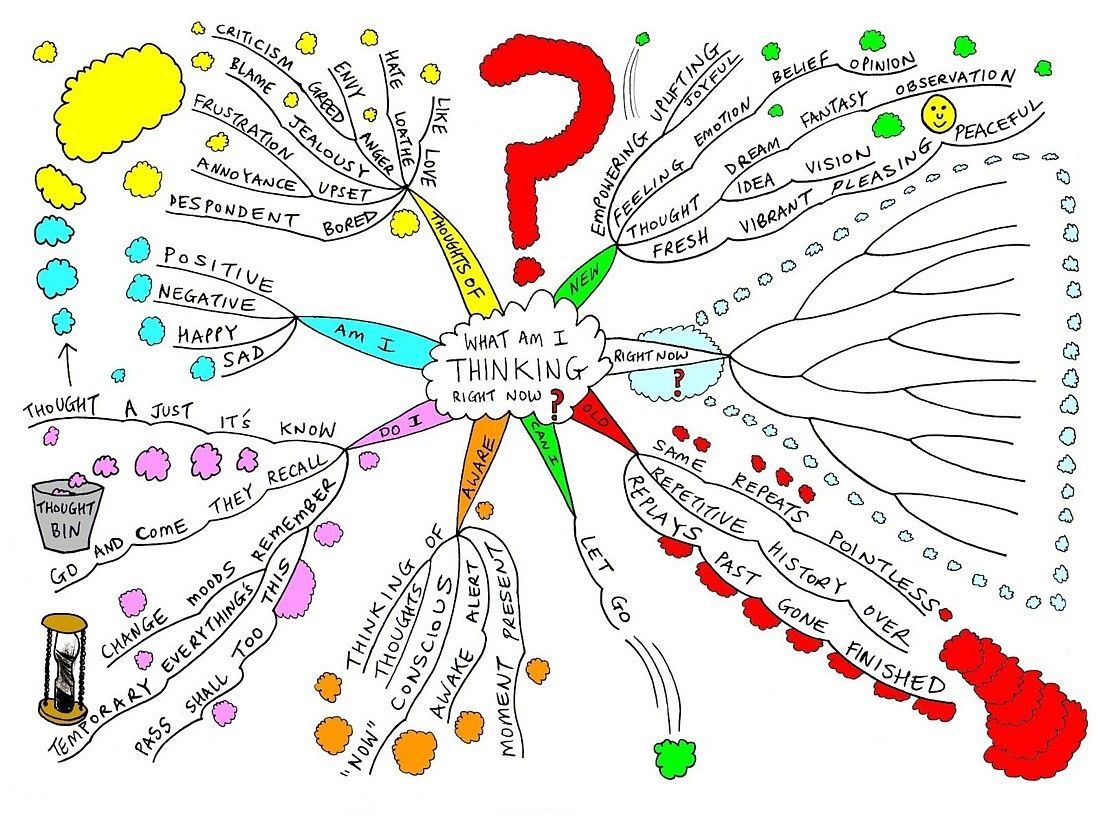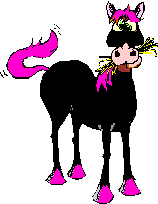In case you didn’t know, many of the most ancient reports of medicine being practiced on animals pertain to the medicine of the horse. In ancient times, horses were extremely valuable, as companions, as sources of food, as engines of war, as transportation, as entertainment, and as beasts of burden. * Since people have been writing about horse medicine for a long time, they’ve come up with some colorful terminology to describe the horse, and some of his medical conditions. Many of those terms are still with us today. Ever wonder where they came from?
In no particular order, and with a nod towards keeping things relatively brief, here are a few that I find particularly interesting.
FLOATING (the teeth) – If you look up the word in the dictionary (if you’re really THAT interested, you can, by clicking HERE), you’ll find that one of the more obscure definitions is, “to spread, smooth, or level.” When workers put down a sidewalk, they float the surface of the cement to make it level and smooth. Making the dental arcade level and smooth something that veterinarians do to horse teeth (yes, others may do it to, but that’s a whole ‘nother can of worms).
COFFIN JOINT – The joint that’s largely contained within the horse’s hoof (a very important joint, by the way) is commonly referred to as the coffin joint. It’s called that because, as an 18th century veterinary text describes, the joint is contained within the hoof as if it were a coffin (in the ground). And, the morbid nature of the analogy notwithstanding, it’s really not a bad one.
RINGBONE – Ringbone is a term that comes from the early 16th century. It’s a description of what happens when one of the two lower joints in the horse’s limb becomes affected with osteoarthritis. When the affected joint begins to break down, new bone is formed. When the condition is advanced enough, the new “ring” of bone can be felt at the front of the pastern. Apt enough.
SPAVIN – This one is pretty obscure. “Spavin” is a term that was commonly used to describe problems of the horse’s hock. And it had various permutations, too. So, you might hear about a horse having a “bog spavin” (a swelling in the largest of the joints of the hock), or a “blood spavin” (bleeding in a joint), or “bone spavin” (osteoarthritis of the hock). The question remains: What’s a spavin?
 Enter Middle French. Middle French was a Romance language, derived from Latin, historically defined as the language that was spoken from roughly 1340 to 1611, in the kingdom of France. Horses were important then, and people undoubtedly took care of them. Apparently, they noticed that when horses were affected by osteoarthritis of the hock, they took on a characteristic gait, somewhat like the hopping of a sparrow (if you haven’t seen it, it’s really not a bad description). Thus, the Middle French word, espavain, which is thought to have given the horses of us English speakers a “spavin.”
Enter Middle French. Middle French was a Romance language, derived from Latin, historically defined as the language that was spoken from roughly 1340 to 1611, in the kingdom of France. Horses were important then, and people undoubtedly took care of them. Apparently, they noticed that when horses were affected by osteoarthritis of the hock, they took on a characteristic gait, somewhat like the hopping of a sparrow (if you haven’t seen it, it’s really not a bad description). Thus, the Middle French word, espavain, which is thought to have given the horses of us English speakers a “spavin.”
CANNON BONE – The third metacarpal of the lower limb of the horse horse is the largest bone of the lower limb, and, as the English farrier to King Charles II, Andrew Snape noted, it’s shaped pretty much like the artillery pieces that were used in his day.
SPLINT BONE – This one apparently dates back at least to the 17th century, when the little vestigial bones that are remnants of when horses walked around on five toes were called “splent” bones. That word comes from Middle Low German, a language spoken from the 12th to the 17th centuries. In that language, the word “splente” meant “a thin piece of iron;” Andrew Snape described the splint bone as looking like a bodkin,** which is pretty descriptive of what the bone looks like, actually. In modern usage, a “splint” refers to an inflamed area of one of the little bones (a subject for another day).
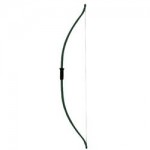 BOWED TENDON – This one’s pretty obvious. Whn a tendon is injured, it swells. Looking at the limb from the side of the horse, the profile of the swelling approximates the shape of an archer’s bow; as a verb, the word means, “To bend in a curve or a bow.” Either way works.
BOWED TENDON – This one’s pretty obvious. Whn a tendon is injured, it swells. Looking at the limb from the side of the horse, the profile of the swelling approximates the shape of an archer’s bow; as a verb, the word means, “To bend in a curve or a bow.” Either way works.
WITHERS – The highest portion of the horse’s back, the place where you measure how tall the horse is, is called the withers, most likely because because the withers are the part of the horse that oppose the load of the saddle, and help support the load of the cart. The term dates from the 1570s, probably from a dialectal survival of the Old English work wiðer, meaning “against, contrary, opposite.”
PASTERN – The part of the horse’s limb below the fetlock joint is related to the pastures that horses grazed on. Originally, in the 13th century, the term referred to a “shackle fixed on the foot of a horse or other beast,” that would keep them from running off. The sense of the word was extended in the 1520s to refer to the part of the leg to which the tether was attached.
I could go on and on (and the more cynical of you might think that I often do). Regardless, the fact of the matter is that humans and horses have been living together for a long, long time, and many of the words that we use in English have been around for a long time, as well. Just think, when you go out to saddle up for a ride, you’re continuing a time-honored tradition that’s been around for thousands of years.
Oh, by the way, the origins of the word “horse” have been lost!
______________________________________________________________
* I’ve got a whole chapter on the history of horse-human relationships in the book on Equine Welfare that was published in April, 2011. CLICK HERE for details.
** A bodkin a small, sharply pointed instrument for making holes in fabric or leather.

